Spring Water VS Purified Water: Which is the best?
The choice between spring water vs purified water hinges on taste preferences and desired levels of mineral content. In this article, I will help you to understand better about spring water vs purified water.
What is spring water?
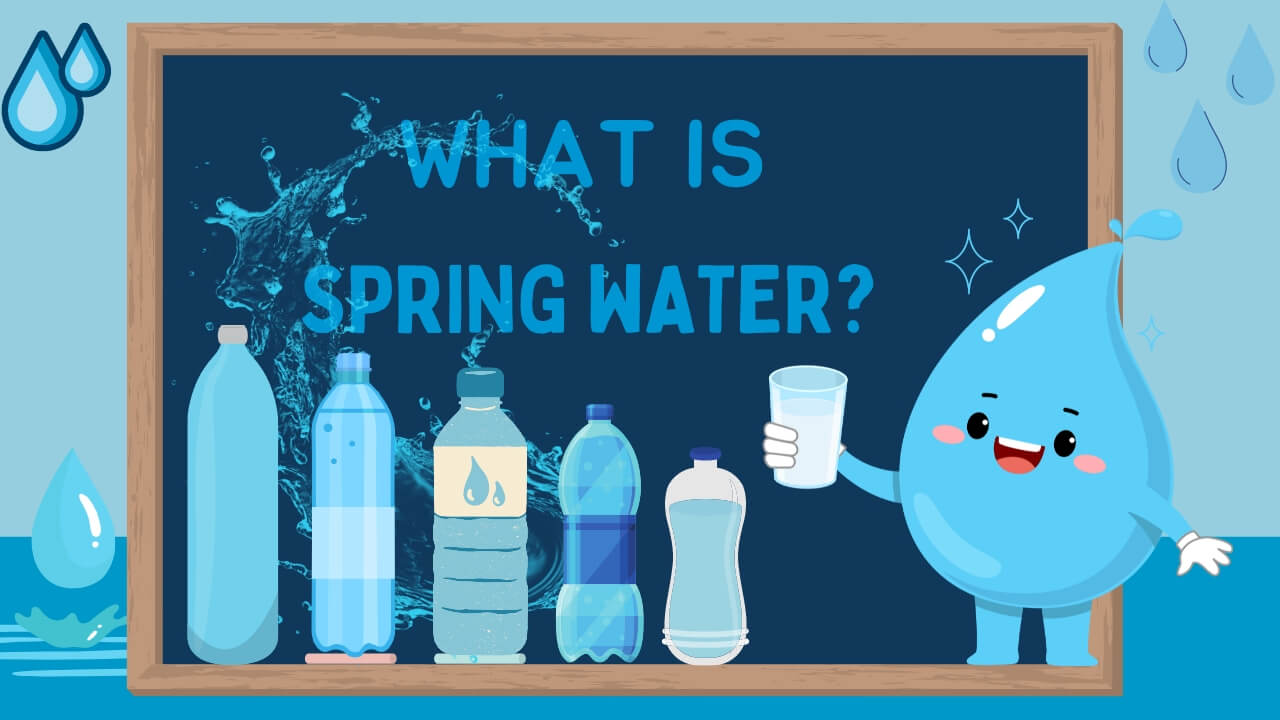
What Is Spring Water
Spring water is a type of natural water that originates from underground springs. Springs are natural sources of water that flow to the surface from underground aquifers or rock formations. These sources are often created by the movement of groundwater through porous rock layers or fractures, which leads to the water bubbling up to the surface as a spring.
Spring water is pure and natural as it comes from the ground without human intervention. It’s considered one of the purest forms of water as it’s not exposed to pollutants or runoff like surface water.
Spring water’s mineral content varies based on the rocks and soil it passes through, giving it a unique taste and potential health benefits.
Because spring water comes from underground sources, it’s often associated with a sense of purity and a connection to the environment. Many people find spring water appealing due to its natural origin and the perception that it is less processed than other types of water.
Spring water is collected for consumption and various purposes. It can be bottled and sold as a commercial product, often marketed for its refreshing taste and potential mineral benefits. However, it’s important to note that even spring water can undergo some filtration and treatment to meet regulatory standards and ensure its safety for consumption.
Spring water can have different tastes, minerals, and profiles depending on the geological characteristics of its source.
What is purified water?
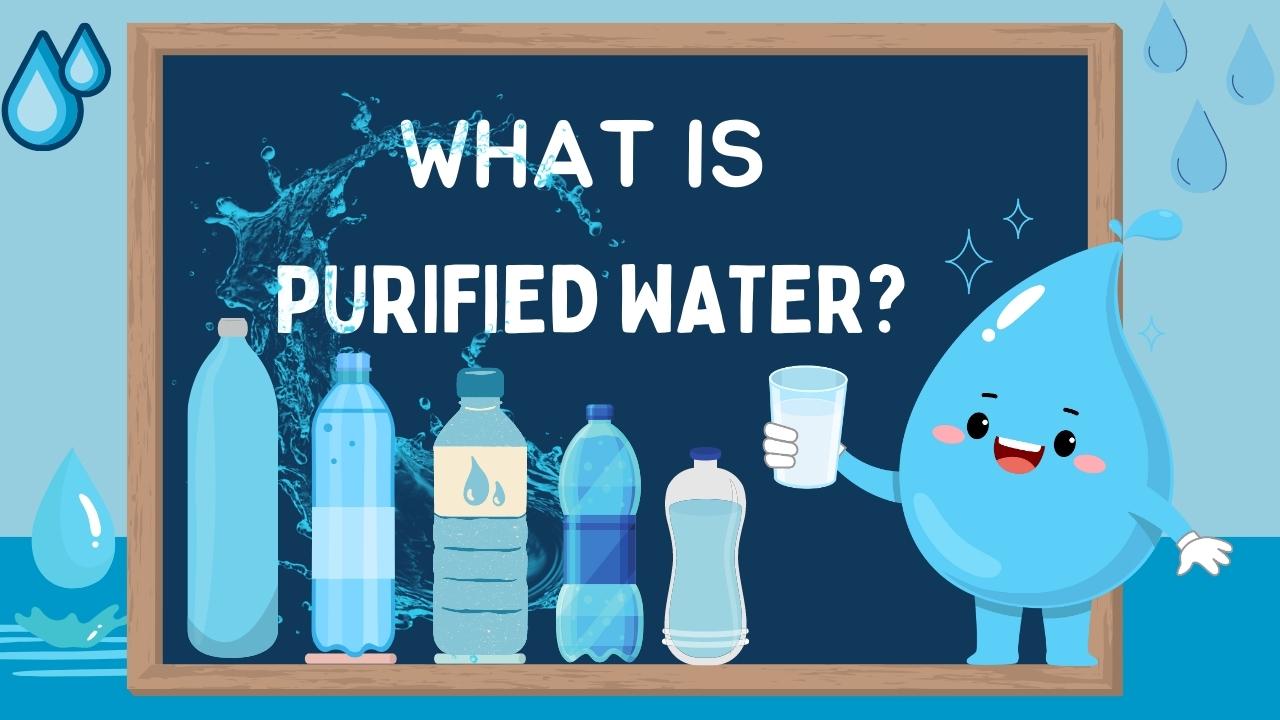
What Is Purified Water?
Purified water is thoroughly treated to remove impurities, making it suitable for various applications like consumption, medical procedures, lab work, and industrial processes.
The purification process typically involves several advanced methods that target different types of impurities:
- Distillation: Distillation separates water from contaminants by heating it to create steam, which is then condensed into liquid form.
- Reverse Osmosis: Reverse osmosis utilizes a semipermeable membrane to separate water molecules from ions, molecules, and larger particles. This process removes many impurities, including dissolved salts, minerals, and microorganisms.
- Activated Carbon Filtration: Activated carbon filters remove organic compounds, chlorine, and certain chemicals affecting taste, odor, and quality. Carbon filtration can enhance the taste and clarity of the water.
- Deionization involves using ion-exchange resins to remove ions, resulting in highly purified water free of charged particles.
- UV Treatment: Ultraviolet (UV) light disinfects water by inactivating microorganisms and destroying their reproduction ability. It doesn’t remove chemical contaminants but effectively kills bacteria, viruses, and other pathogens.
- Filtration: Mechanical filters, such as sediment filters, can remove larger particles, sediments, and debris from the water.
Purified water is often used in settings where water quality is critical, such as laboratories, pharmaceutical manufacturing, medical facilities, and industrial processes. It’s also available as bottled water for general consumption, providing a neutral and clean-tasting option for individuals who prefer water without the taste of minerals or impurities.
However, it’s important to note that while the purification process removes many impurities, it also removes minerals naturally in water. Some might prefer natural mineral water’s taste and potential health benefits, like spring water. As such, the choice between purified water and other types of water depends on individual preferences, intended use, and the desired level of purity.
Spring Water vs Purified Water: Navigating the Choice for Optimal Hydration
Water, the elixir of life, is the cornerstone of human existence. As the significance of hydration is universally acknowledged, the quest for the best water source has led to various options, each with its unique attributes. Spring and purified water are prominent contenders, each offering distinct advantages. In this comprehensive exploration, we delve into the characteristics, benefits, and considerations of both spring and purified water to empower you with the knowledge to make an informed choice for your hydration needs.
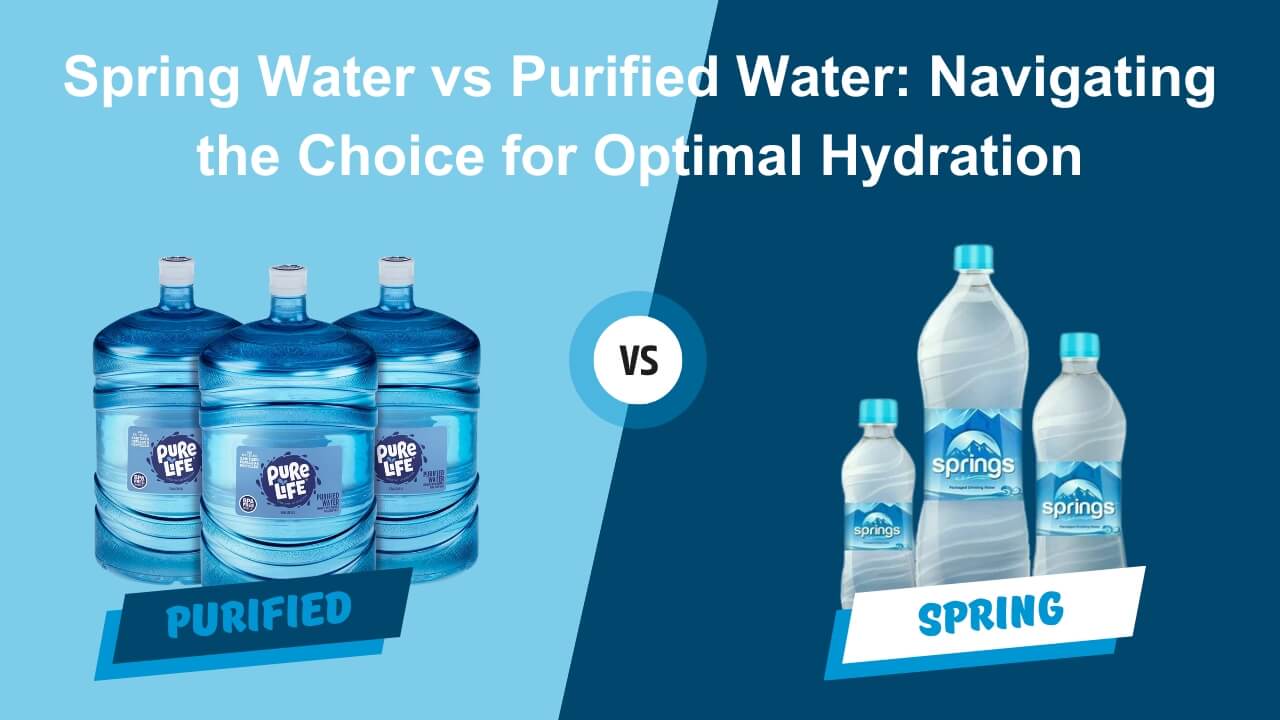
Purified Water Vs Spring Water
The Origins and Essence of Spring Water
Spring water, a treasure that nature bestows upon us, emanates from underground springs. These springs, hidden beneath layers of rock and Earth, represent nature’s gift of pure, untouched water. As water percolates through the ground, it absorbs minerals from the rocks and soil, lending spring water its distinct taste and mineral profile. This unique journey from deep within the Earth’s layers imparts a refreshing and often coveted quality to spring water.
The Richness of Minerals and Taste
One of the most compelling characteristics of spring water lies in its mineral content. Calcium, magnesium, and trace minerals infuse the water during its subterranean voyage, imparting a distinctive taste and potential health benefits. The mineral content varies depending on the geological composition of the spring’s source, leading to a diverse range of flavors that cater to different palates.
The experience of sipping spring water is akin to connecting with the Earth itself. Each sip encapsulates the essence of the region’s geology and the history of its water source. It’s a taste of nature, a reminder of the intricate relationship between the environment and the water that sustains life.
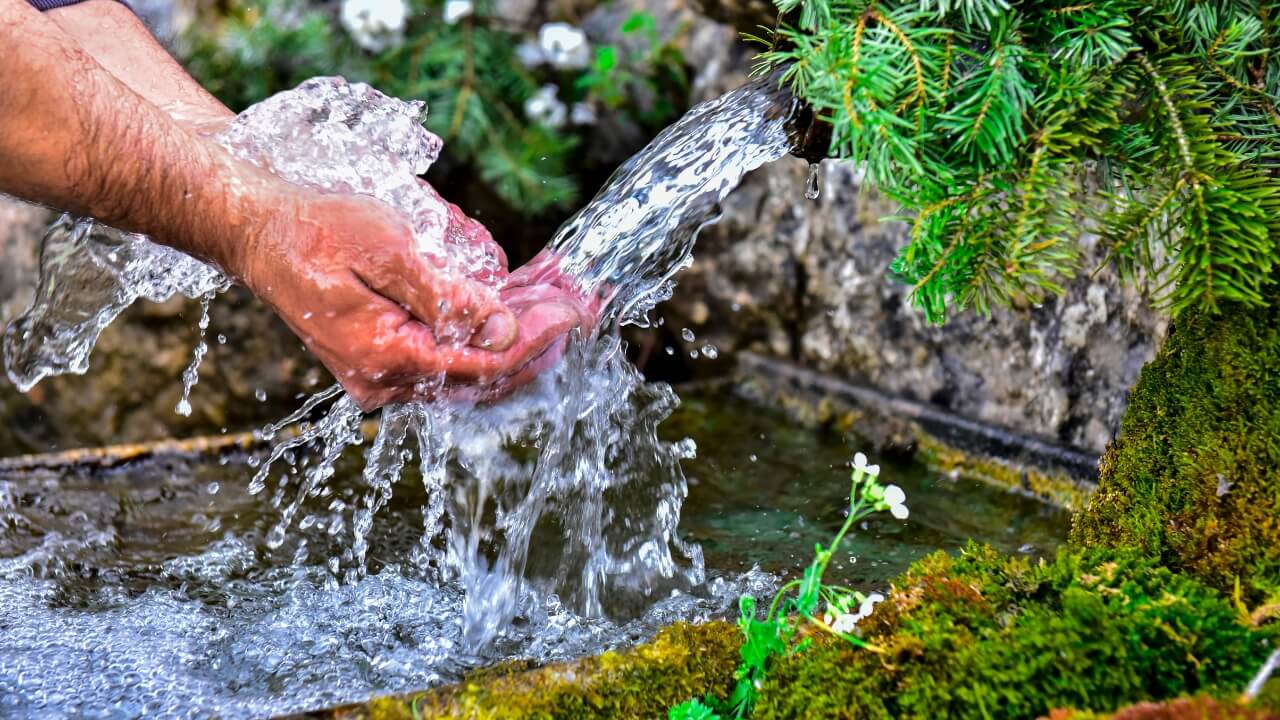
Picking Spring Water
The Quest for Purity: Purified Water Unveiled
In water options, purified water is a testament to human innovation and the pursuit of optimal cleanliness. Purified water undergoes a rigorous treatment process that eradicates impurities, contaminants, and minerals, resulting in a pristine form of H2O. This intensive purification process entails distillation, reverse osmosis, carbon filtration, and deionization, each designed to target specific pollutants.
Purity as the Focal Point
The objective of purified water is uncompromising: to achieve the highest level of purity possible. Impurities with higher boiling points are left behind through distillation as water transforms into steam and then condenses into liquid form. Conversely, reverse osmosis employs semipermeable membranes to selectively allow water molecules to pass, leaving behind ions and contaminants. Carbon filtration shines in eliminating organic compounds and chemicals that might compromise the taste and quality of the water.
The Neutrality of Taste
Purified water’s commitment to purity extends to its taste profile. Stripped of the minerals and characteristics that define spring water, purified water boasts a neutral and crisp taste. This lack of discernible flavor makes it a versatile choice for those prioritizing a clean, unadulterated taste in their hydration experience.
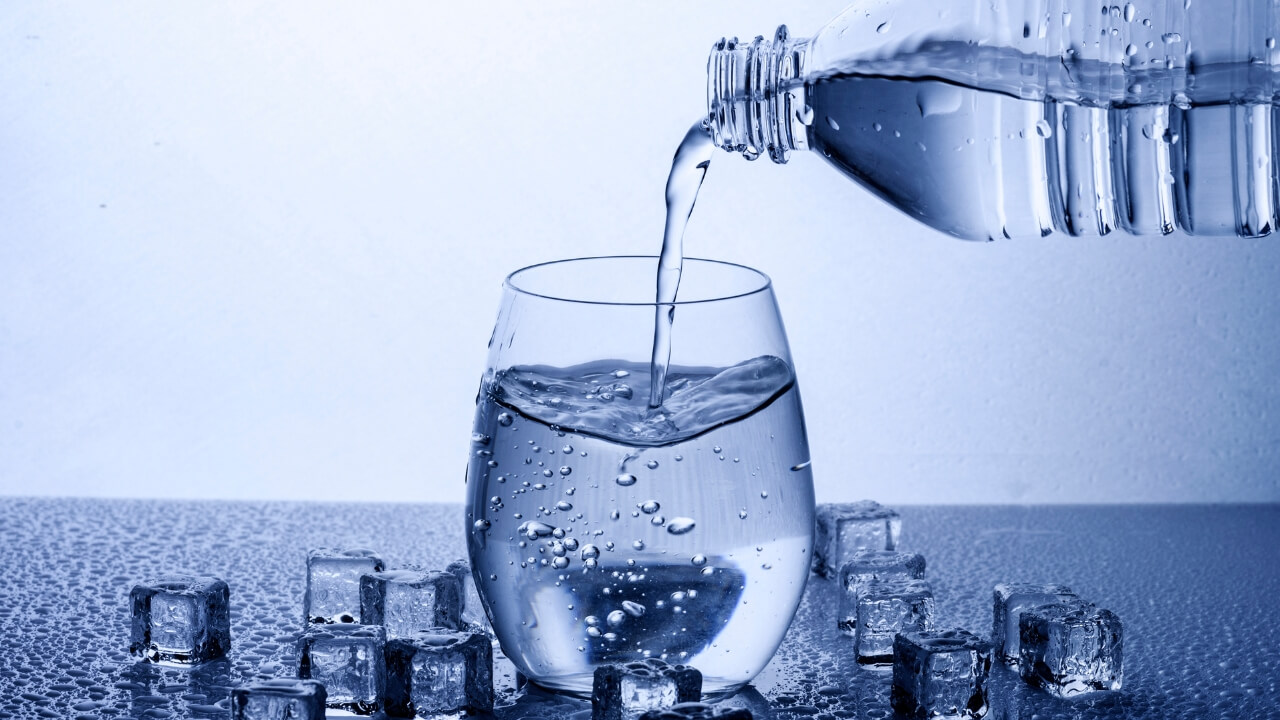
Purified Water
Choosing the Right Path: Considerations and Usage Scenarios
The choice in the spring vs. purified water debate hinges on individual preferences, health considerations, and intended use. Here are key factors to consider:
- Taste Preference: Are you drawn to spring water’s earthy and mineral-rich taste or prefer purified water’s neutral, clean taste?
- Health and Minerals: Spring water’s natural mineral content may offer health benefits and unique flavors. Conversely, purified water’s extensive filtration ensures the removal of potential contaminants.
- Environmental Connection: Spring water evokes a connection to nature through its origin in natural springs, while purified water can come from various sources, potentially affecting the environmental footprint.
- Usage Scenarios: Purified water’s exceptional purity makes it ideal for laboratory work, medical procedures, and industries that demand precision in water quality. With its distinct taste and mineral content, spring water is popular for casual hydration.
- Local Variations: The mineral content and taste of spring water can vary based on the geological characteristics of the spring’s source. On the other hand, purified water is more standardized in its qualities.
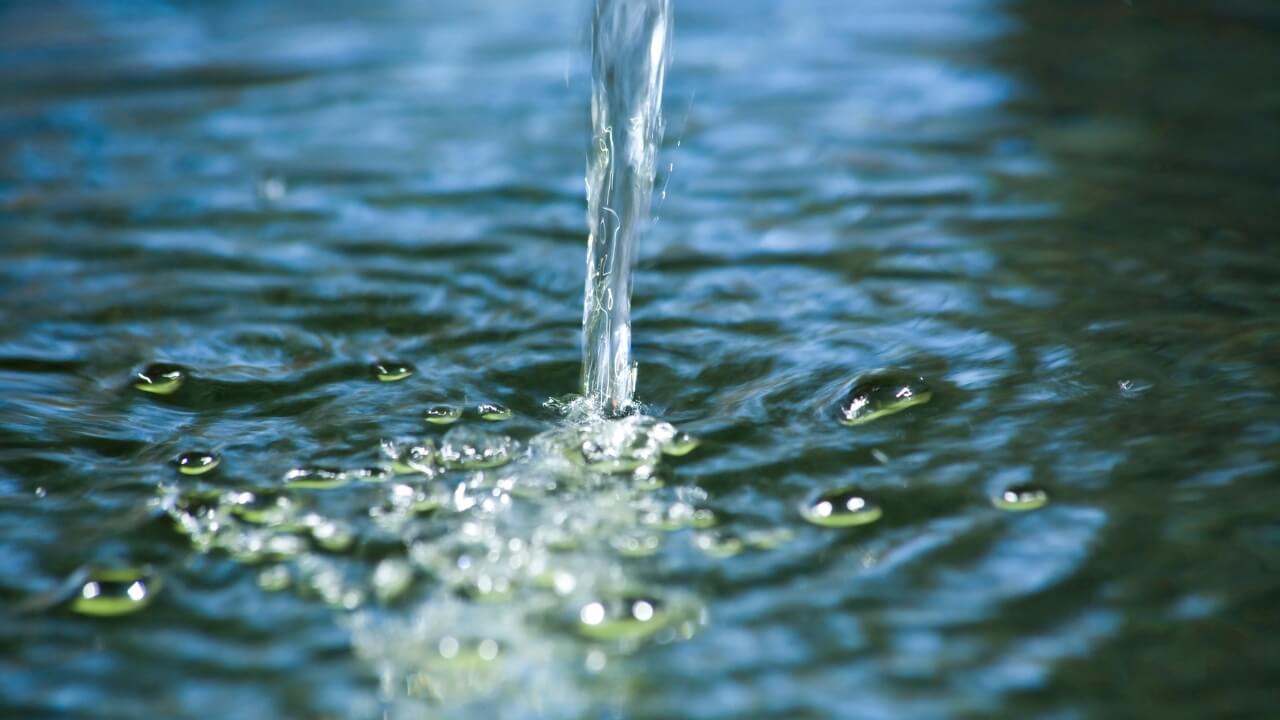
Spring Water
Conclusion: A Balanced Perspective
In the realm of spring water vs. purified water, there is no universal “better” choice. Each option holds its charm, catering to different preferences and needs. Spring water encapsulates the magic of nature’s filtration process, delivering unique flavors and potential health benefits. Purified water, an accomplishment of human creativity, offers unparalleled purity and neutrality.
As you launch on your hydration journey, consider the symphony of taste, purity, and purpose that both spring and purified water bring to the table. Whether you desire the powerful embrace of nature or the fresh embrace of science, both options satisfy your body’s thirst and nurture your well-being.
A comparison table: Comparing Spring Water vs Purified Water: Taste, Purity, and Benefits
Certainly, here’s a simple comparison table highlighting some key differences between spring water and purified water:
| Aspect | Spring Water | Purified Water |
|---|---|---|
| Source | Natural springs deep within the Earth | Varied sources, often tap water |
| Taste | Distinct, mineral-infused flavor | Neutral, clean taste |
| Mineral Content | Naturally enriched with minerals | Minimal to no minerals |
| Filtration Process | Minimal processing, natural filtration | Rigorous processes (distillation, etc.) |
| Potential Health Benefits | May contain trace minerals | Focuses on purity, removal of impurities |
| Environmental Connection | Reflects regional geological influences | Varies based on source and treatment |
| Usage Scenarios | Casual drinking, perceived naturalness | Medical, scientific, industrial use |
Remember that the characteristics may vary based on specific brands and sources of spring water and purified water. This table provides a general overview of the main differences between the two types of water.
The Best Water Bottle Holders that Combine Style and Utility
The Ultimate Guide to The Best Water Bottle Holders Selecting the perfect water bottle holder is more than just a one-size-fits-all task. Different activities, preferences, and equipment necessitate various designs. In this comprehensive[...]
1000 Gallon Water Tank: An Essential Guide for Buyers
The Ultimate Guide to 1000-Gallon Water Tanks: A Solution for Every Need Water is an invaluable resource, and securing a dependable and abundant water supply is essential for a wide range of applications.[...]
3 Gallon Water Jugs 2023: Best Picks for You
The Ultimate Guide to 3-Gallon Water Jugs 3 Gallon Water Jugs Water is the essence of life, and having a convenient, efficient way to store and access it is crucial. 3[...]
Swell Water Bottles: Stylish Hydration for a Sustainable Lifestyle
Swell Water Bottles: A Stylish Solution for Hydration and Sustainability In a world where fashion meets environmental responsibility, Swell water bottles have become the epitome of eco-friendly hydration. These sleek and innovative vessels[...]
Comprehensive Review: Igloo, Stanley, and Primo Water Jugs
Igloo Water Jugs | Stanley Water Jugs | Primo Water Jugs In the world of water jugs, three brands often come up in conversation in USA: Igloo water jugs, Stanley water jugs, and[...]
Warm Water VS Cold Water: Health Benefits and Risks
Benefits and Risks of Warm Water VS Cold Water Are you interested in knowing about Warm Water VS Cold Water? In this article, I am trying to provide the best information for you.[...]

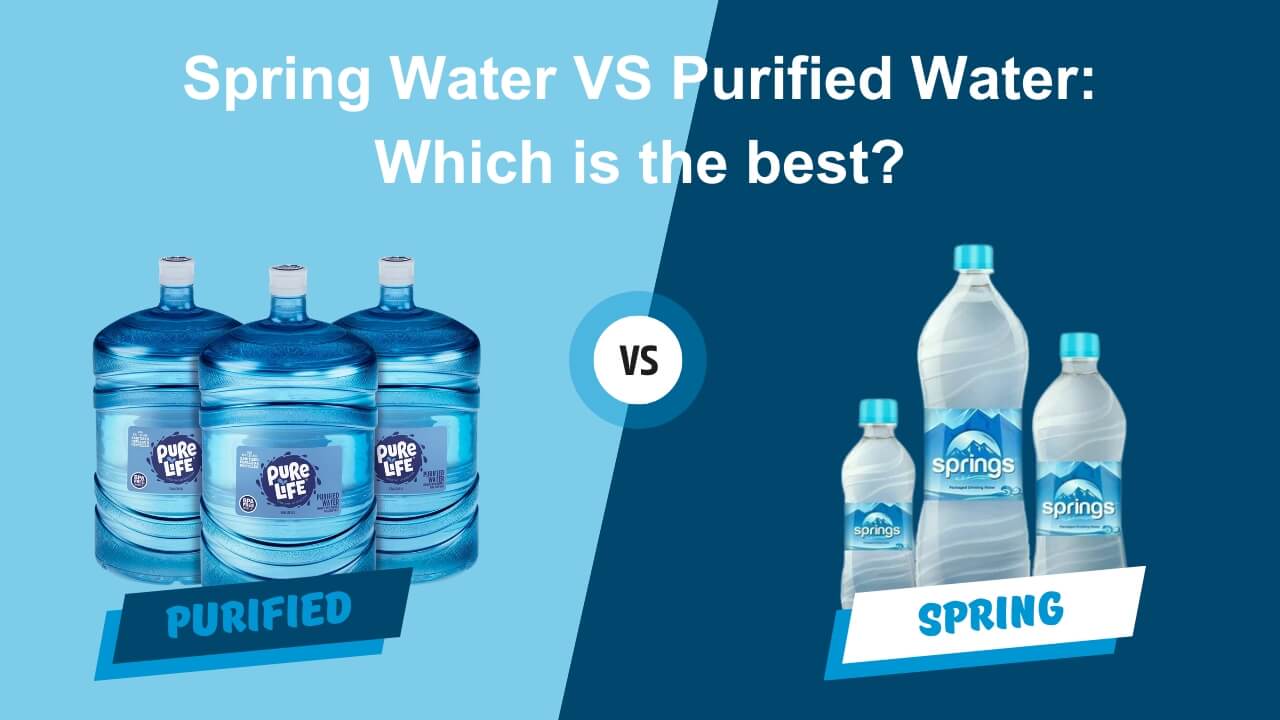





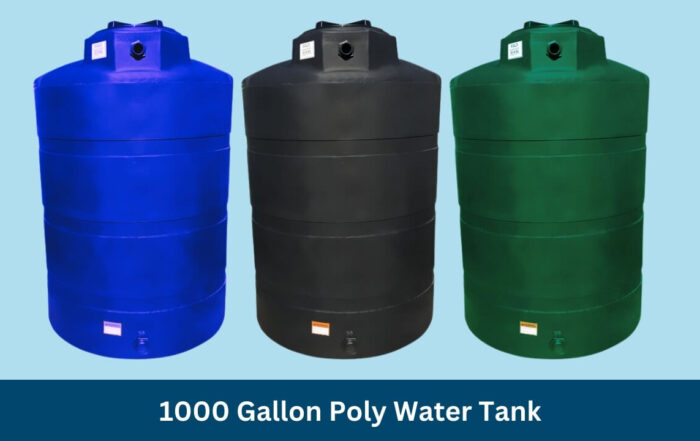
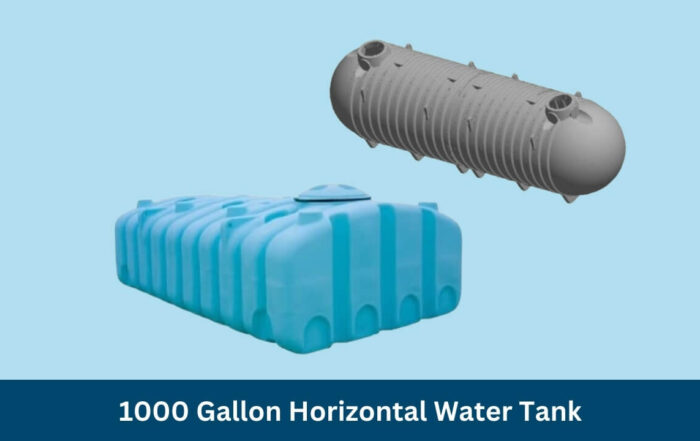

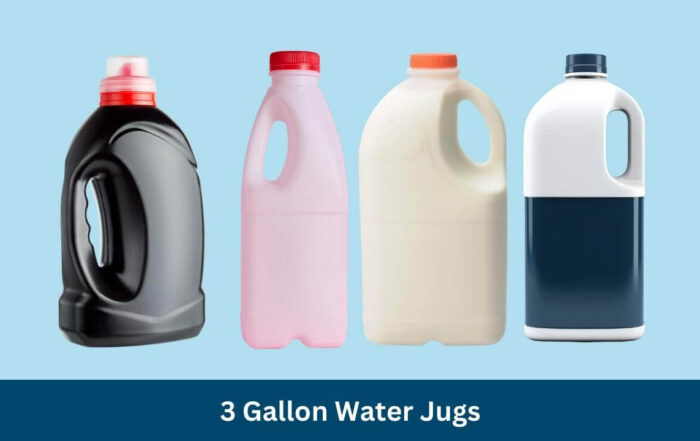
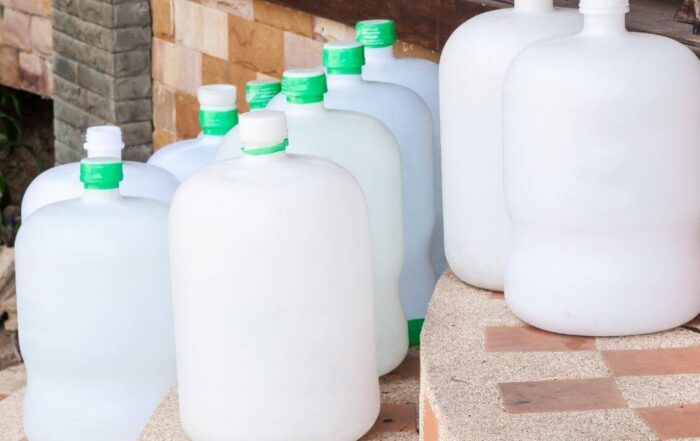
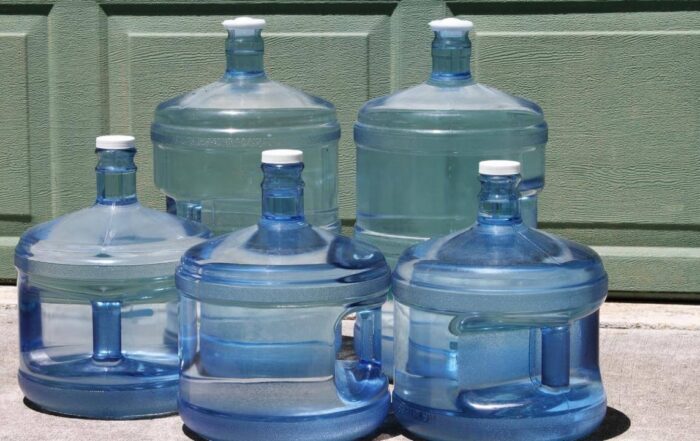
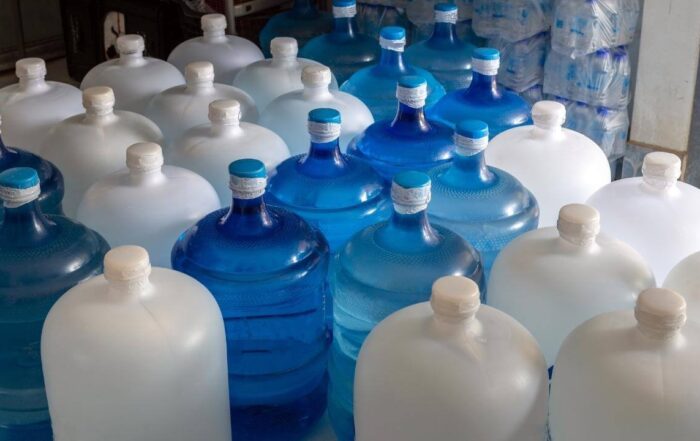
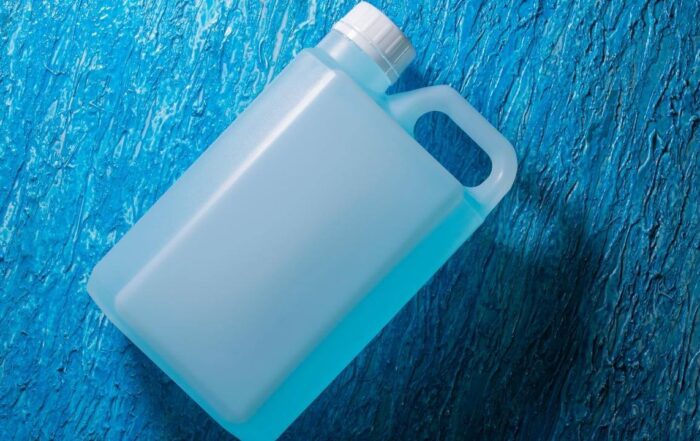

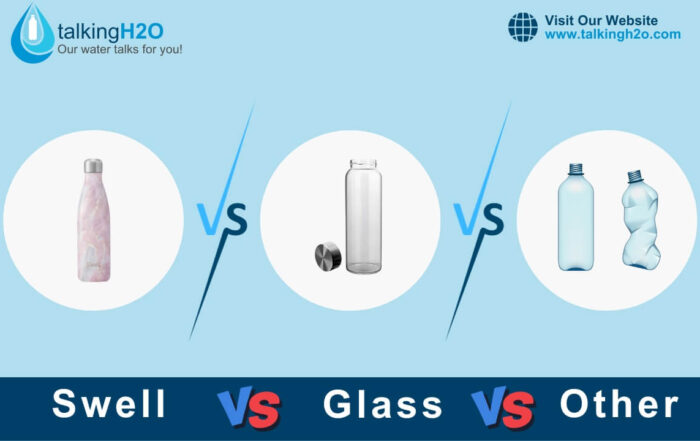
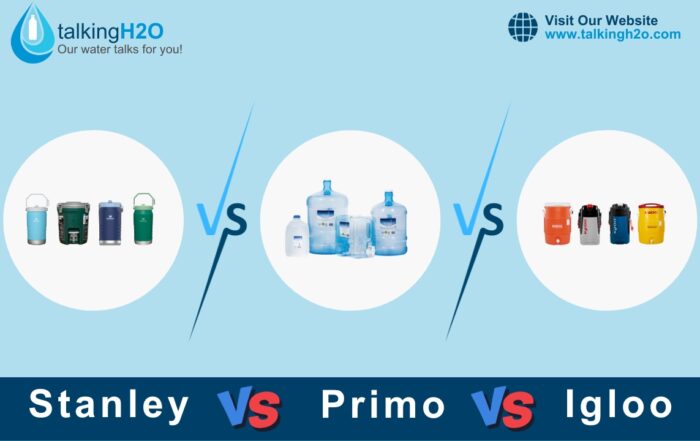
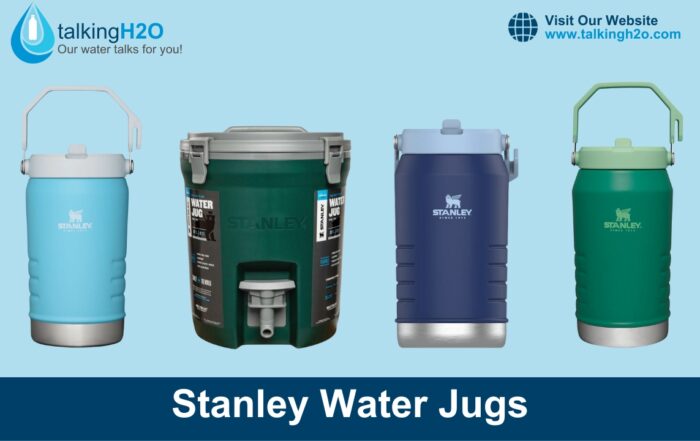
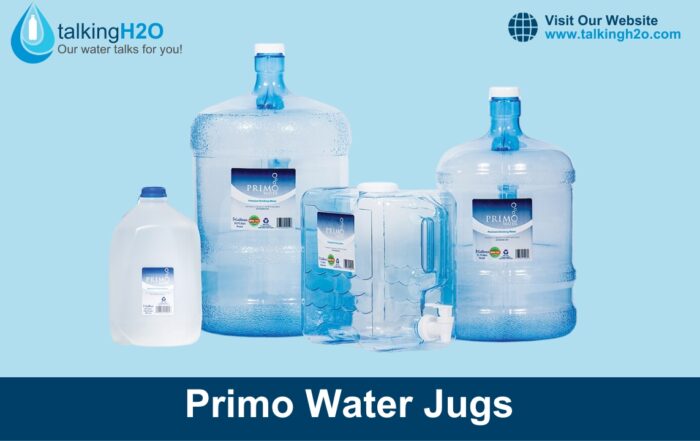
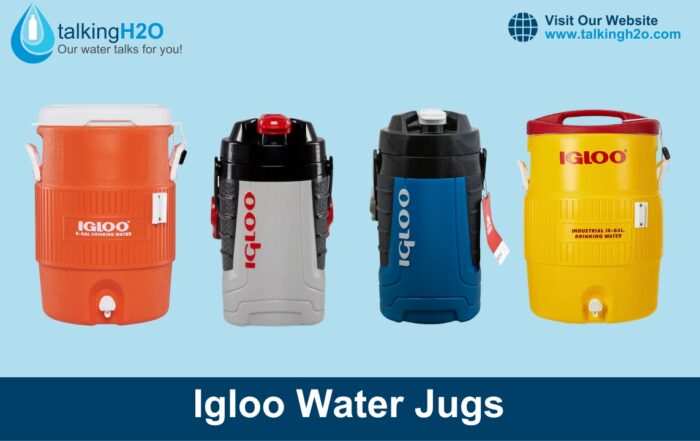
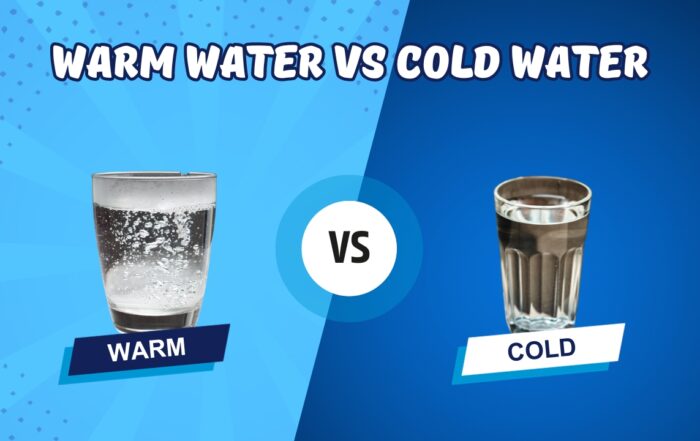


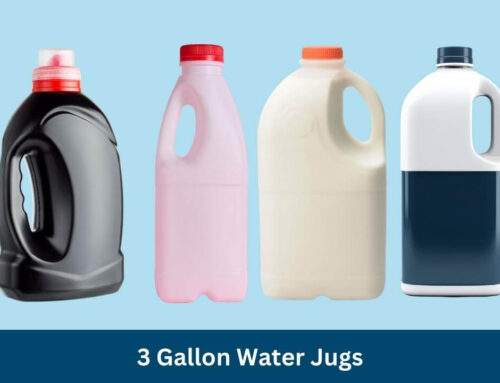



Leave A Comment